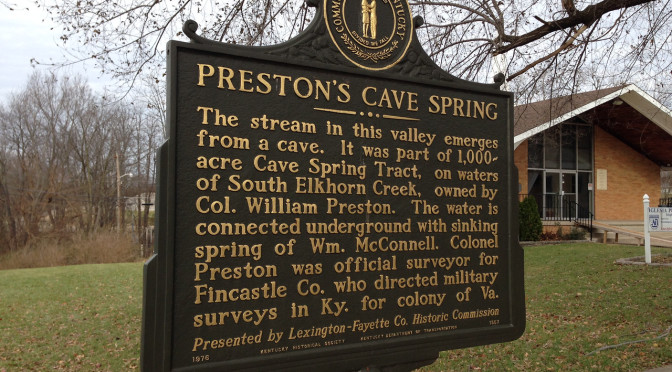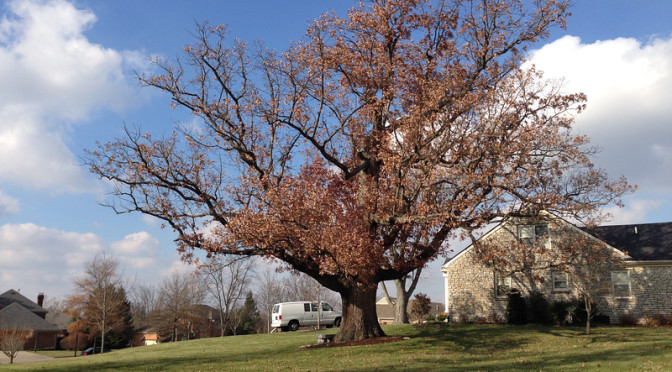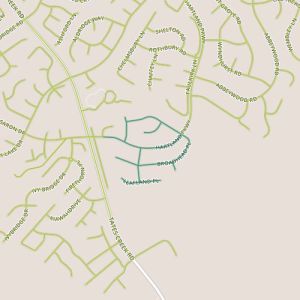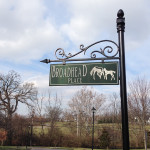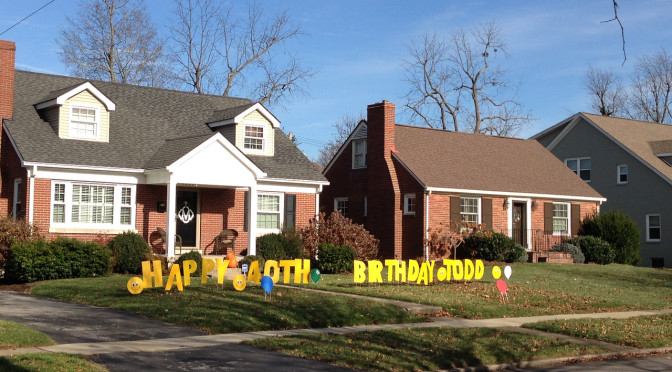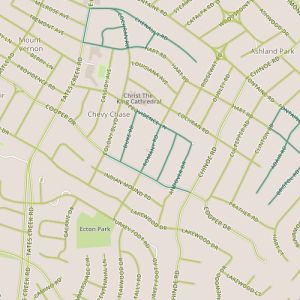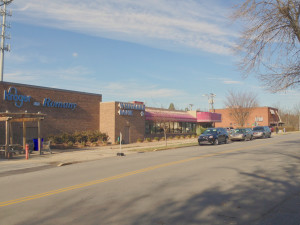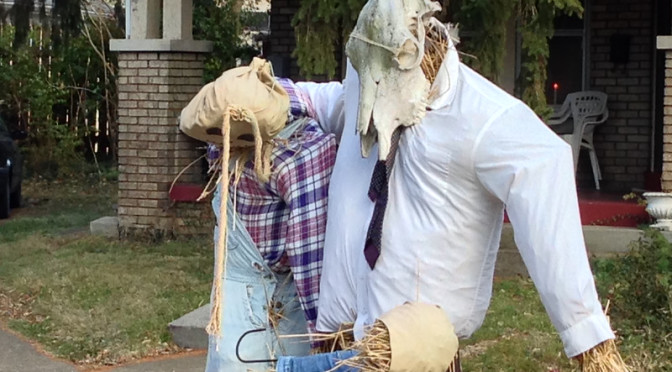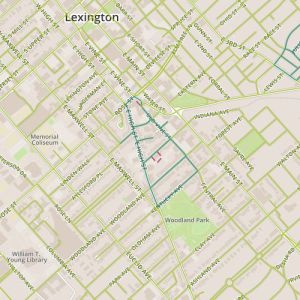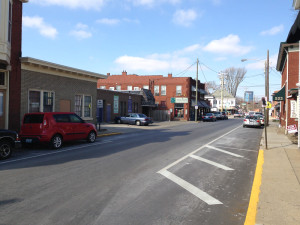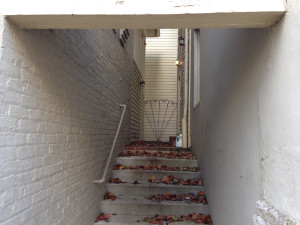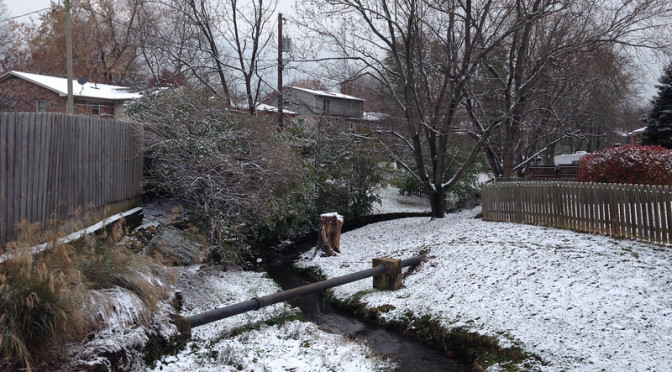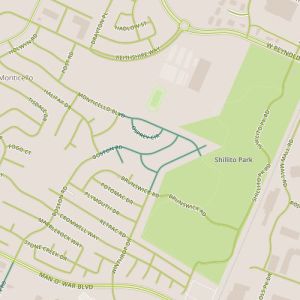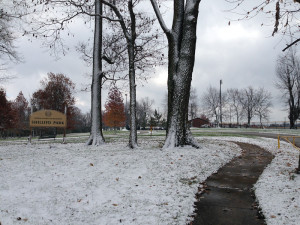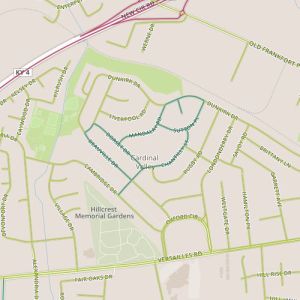 I walked through the Cardinal Valley neighborhood today. This is a residential neighborhood with small, simple 1960’s era homes. Though simple, these houses look pretty well built, though not as universally well-maintained as, say the homes in Chevy Chase I passed by a few days ago.
I walked through the Cardinal Valley neighborhood today. This is a residential neighborhood with small, simple 1960’s era homes. Though simple, these houses look pretty well built, though not as universally well-maintained as, say the homes in Chevy Chase I passed by a few days ago.
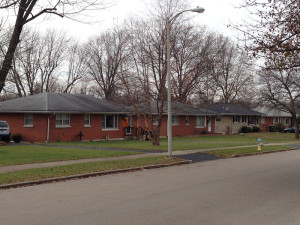
The houses I passed by were pretty similar, representing a narrow range of styles and sizes. There is an apartment complex at the front of this neighborhood. I also passed a school and two churches, located at the back of the neighborhood. It’s unusual to see churches located deep within neighborhoods; oddly enough, the other place I ran into this was on Day 31, not far from here. In that case, the church was a Spanish-language church, as these two were.
Near the churches is an inconspicuous entrance to a park which sports the historical marker shown above. I would think it would be neat to have something like this nearby, but every indication was that this park entrance was rarely used. In fairness, I didn’t venture into the park, which will feature more prominently in future walks, but this would be far from the first place that seemed to shy away from allowing water to be a focal point of open space. This green space blind spot may stem from the fact that little streams are everywhere in Lexington, which is a good thing. (By contrast, in other places, streams like this have generally been covered over in concrete, though more recently have been benefactors of “daylighting” projects.) The benefit, then, might be more awareness of the ecological benefits, less taking these spaces for granted; perhaps an incremental decrease in the amount of trash and other pollution that is winding up in streams.
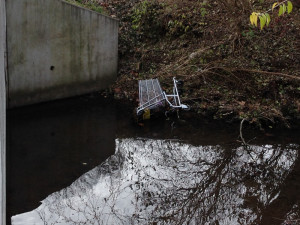
How does this happen, within the confines of limited budgets? I think a little communication could go a long way, starting with improved signage. (How many parks have entrances similar to this one with nothing more than a “Park Closes at Dusk” sign?) I love the mystery here…after doing more research and looking at the satellite images of Preston’s Spring Park, I’m itching to get back to this area. But I’d like to see a little more direction, a simple trail with an online guided tour or at least something explaining why there isn’t a trail here.
